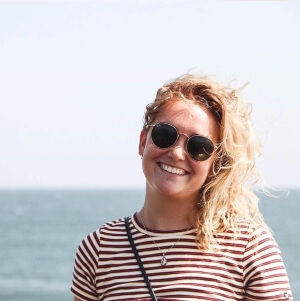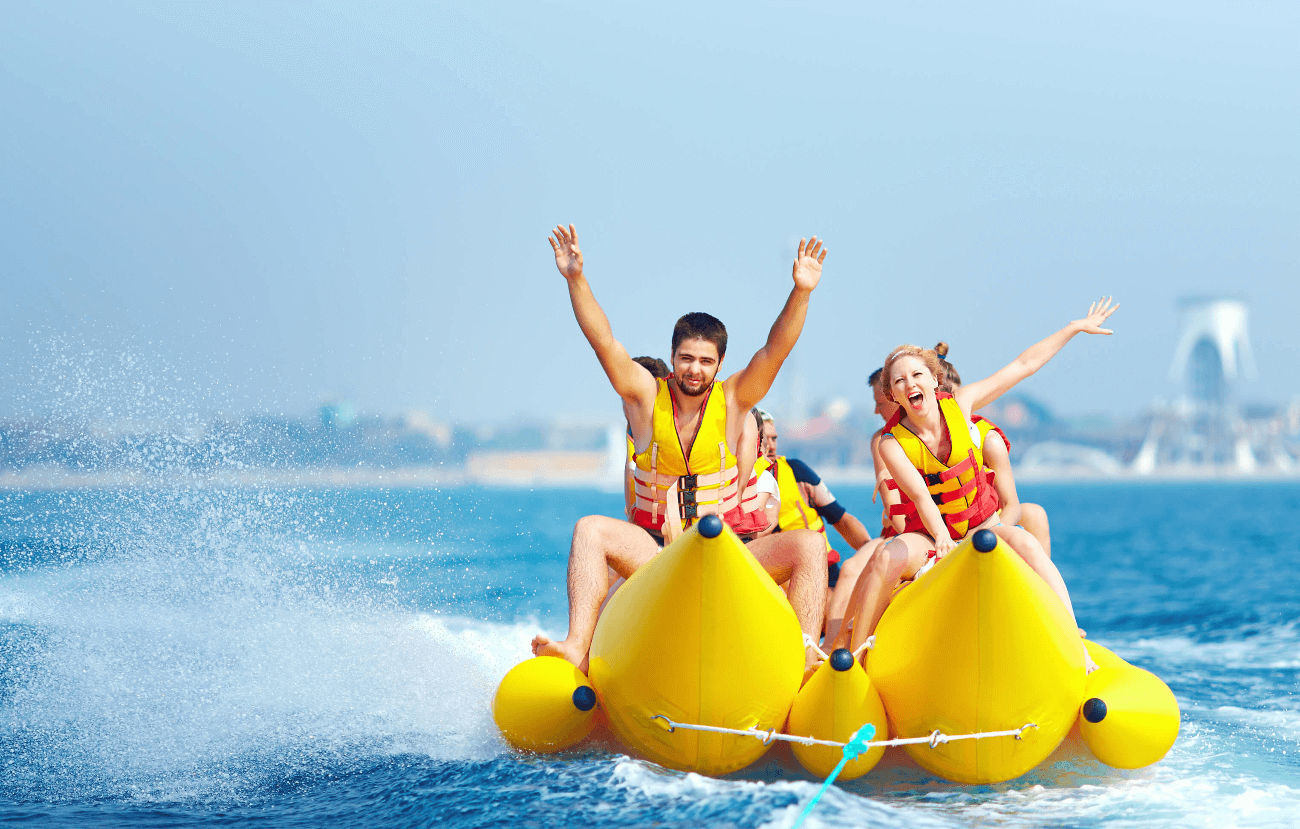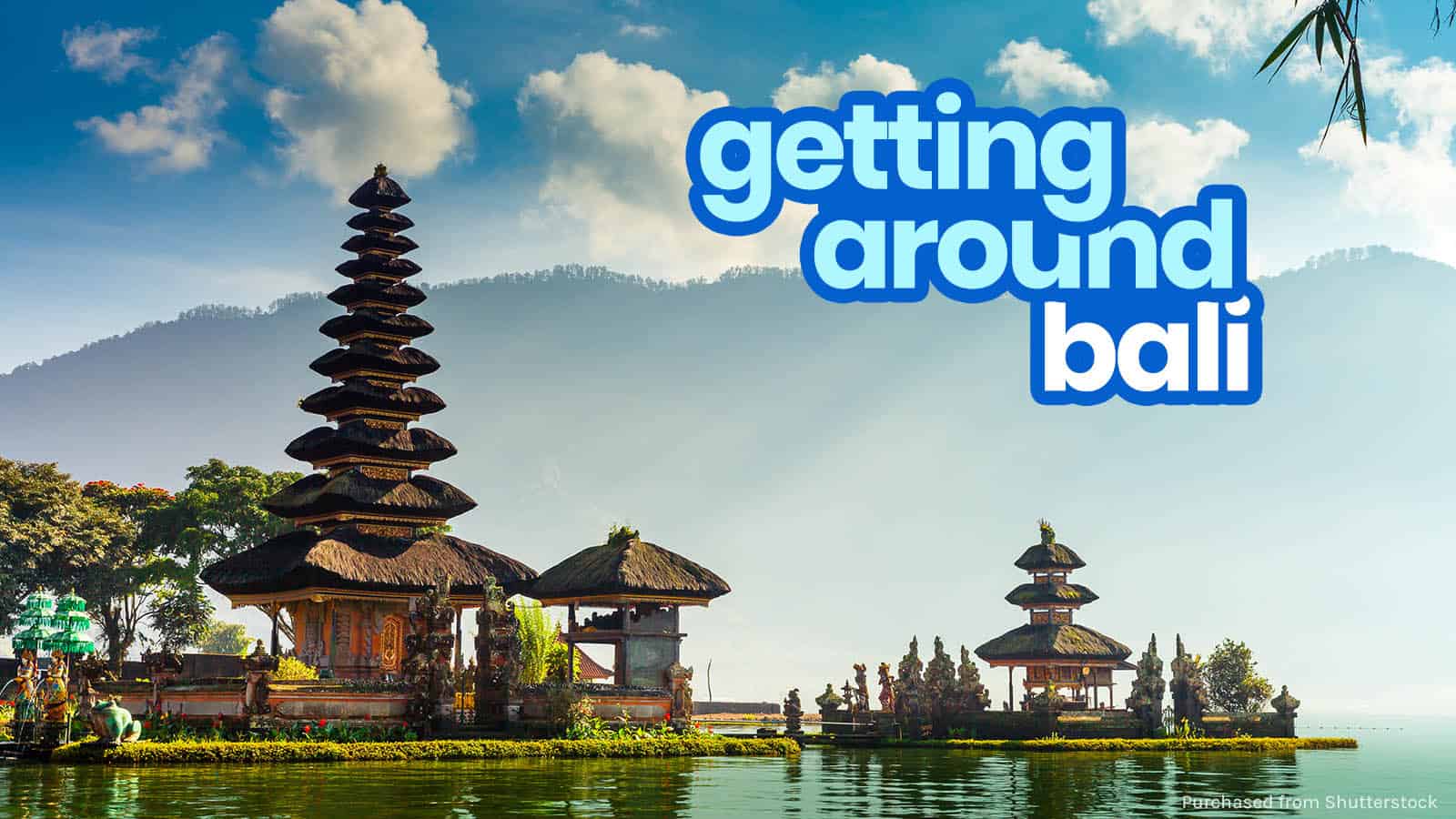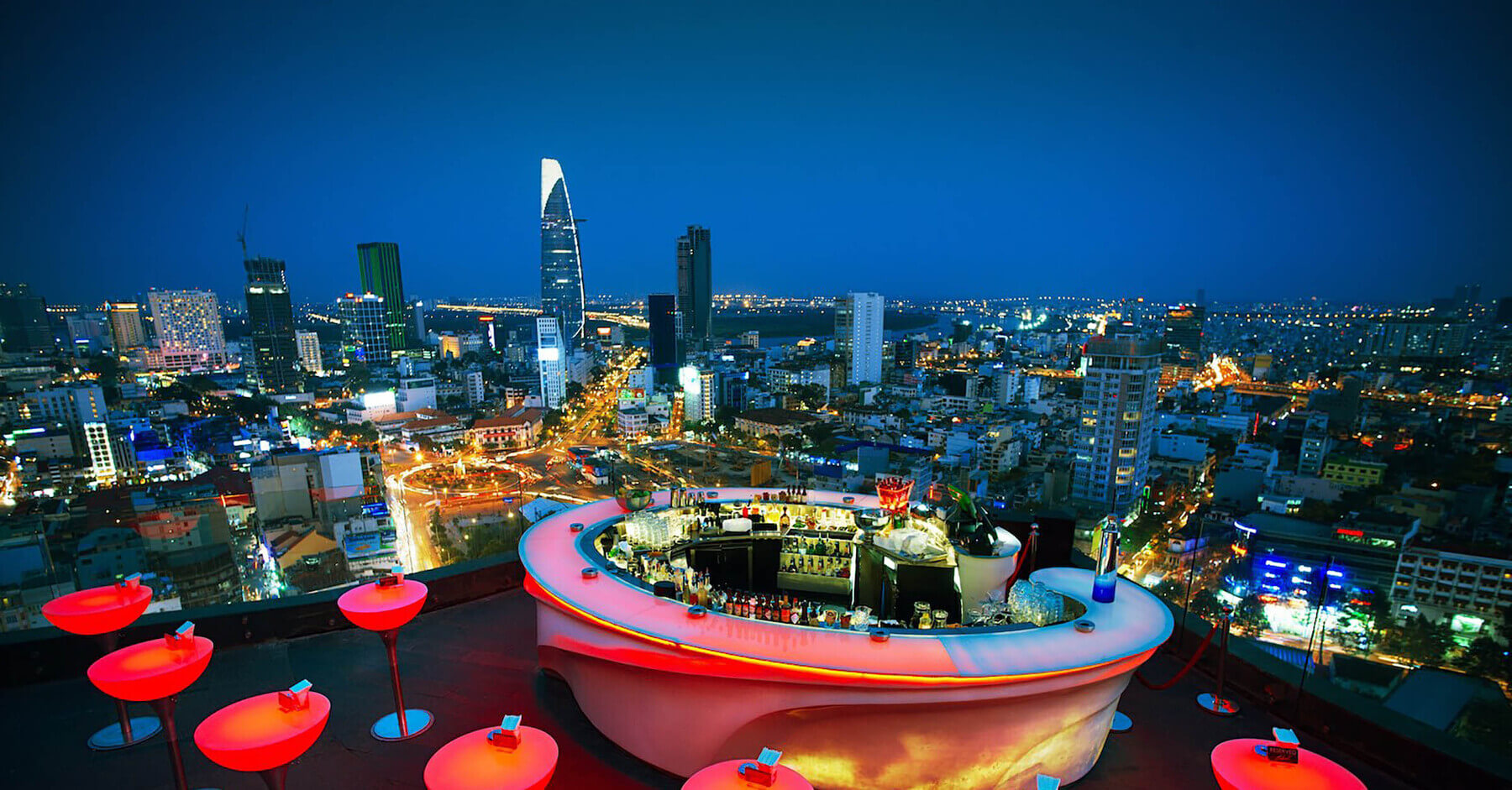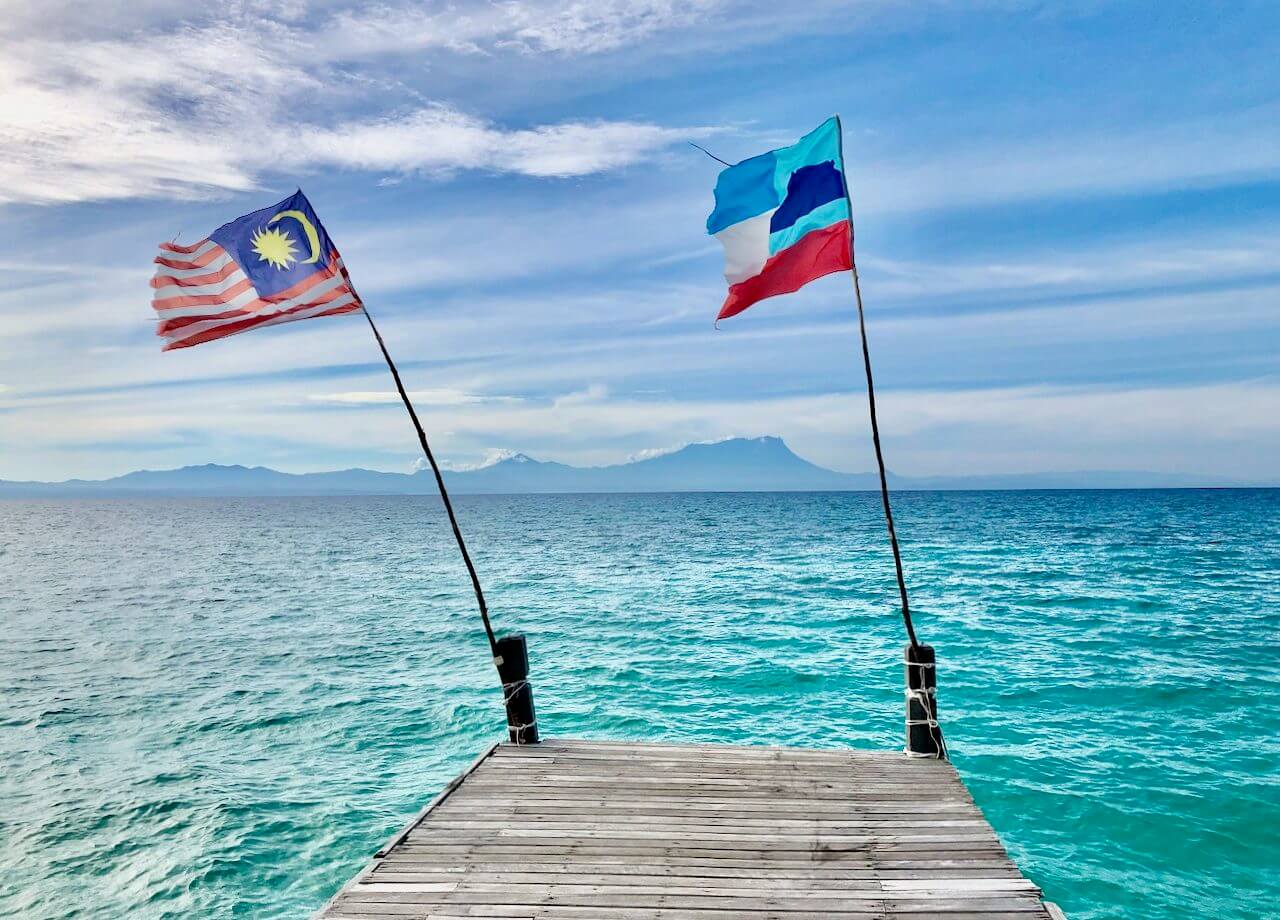Top 10 Scuba Diving Sites in Bali: Best Locations, Costs & Travel Guide
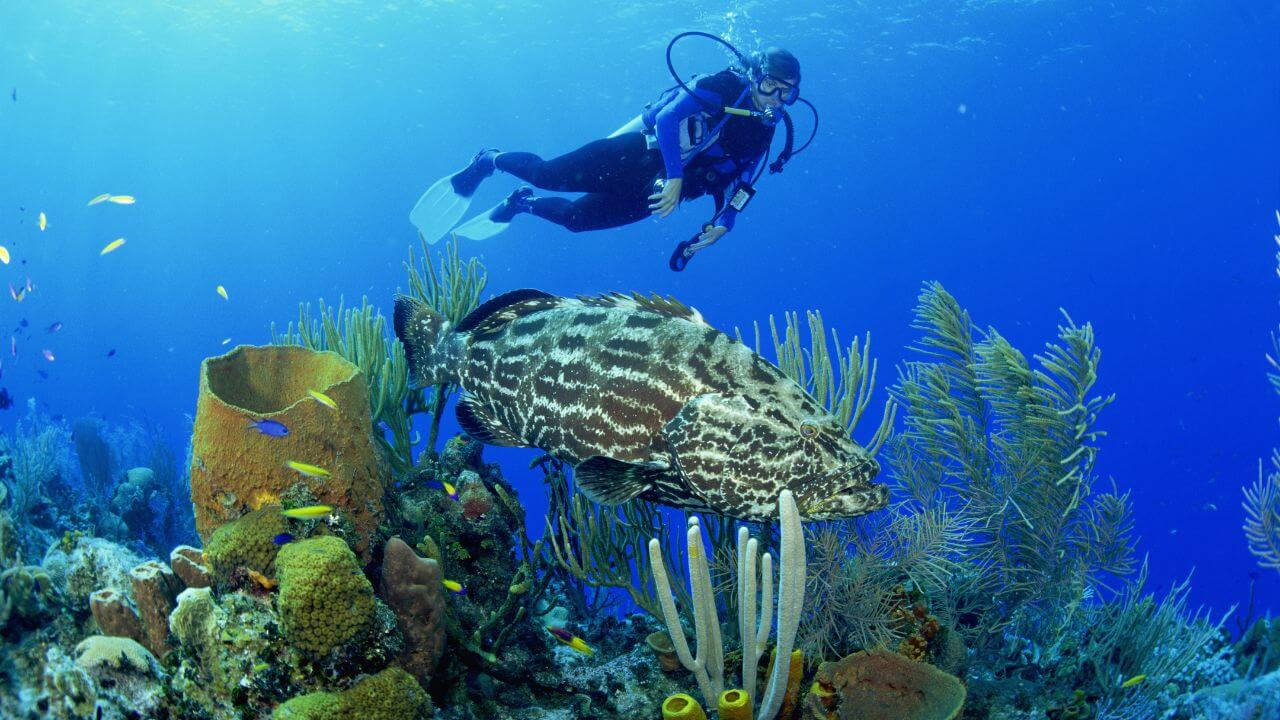
Bali is a world-class scuba diving destination that offers an underwater paradise for divers of all levels. It isn’t just another dive destination—it’s a whole experience. From gliding alongside giant manta rays at Nusa Penida to discovering hidden underwater temples in Pemuteran, every dive here is like flipping the page of a storybook filled with surprises. Whether you’re a first-timer looking for calm, clear waters or an adrenaline junkie chasing elusive mola molas in strong currents, Bali’s got something for you. And the best part? It’s way more affordable than you’d think.
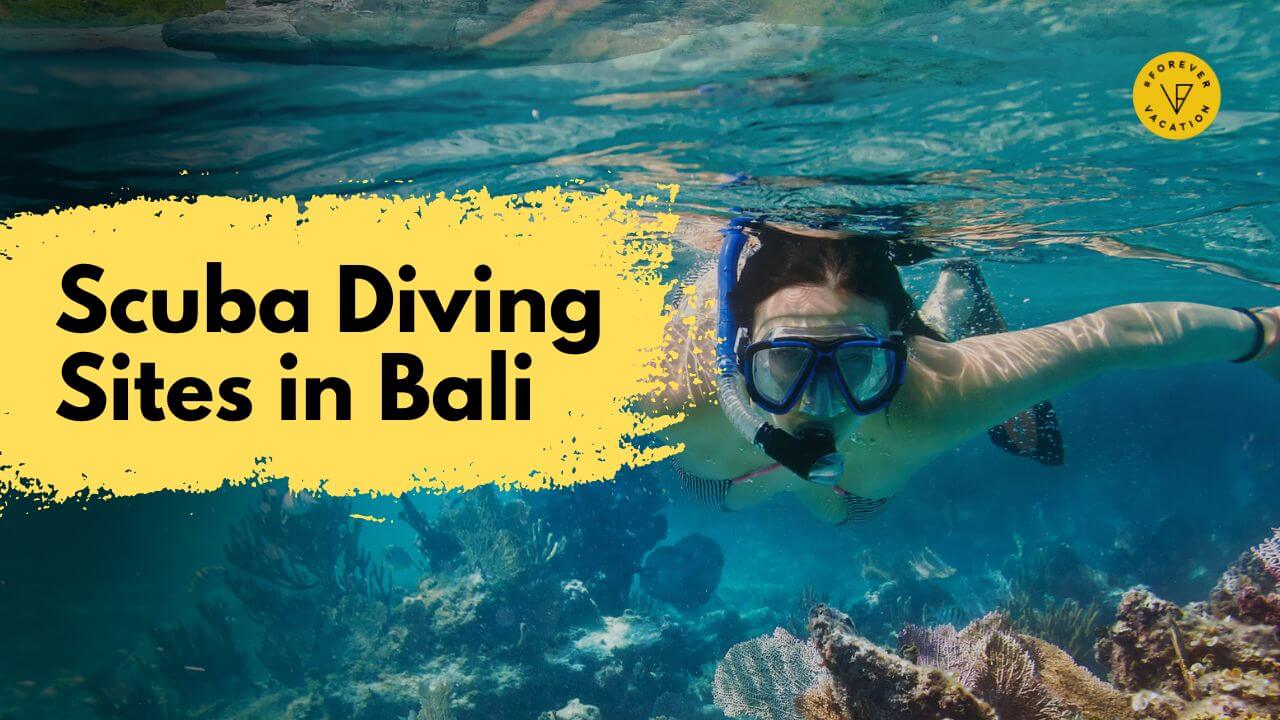
I still remember my first dive in Bali. The moment I descended beneath the surface at Tulamben, I felt like I had entered another world—one where time slowed down, fish swirled around me in dazzling colors, and a massive shipwreck loomed like a forgotten relic of history. My heart was pounding, half from excitement, half from that tiny voice in my head saying, “Whoa, am I really doing this?” Spoiler alert: I did, and it was absolutely breathtaking. If you're ever looking for unforgettable experiences, tours in Bali offer some of the most incredible places.
Our Best Selling Tour
- All-Inclusive
- Bali Water Sports Adventure & Water Blow Visit
Feed your inner adrenaline junkie with this all-inclusive, Bali Water Sports Adventure & Water Blow Visit. Jet skis, banana boats and parasailing, your morning ...
HK$913/pp Learn more

Why Is Bali Popular With Scuba Divers?
Alright, let’s get one thing straight—Bali isn’t just famous for its beaches, temples, and smoothie bowls. Beneath the surface, it’s a whole different world, one that has made divers from around the globe fall head over heels in love with this island. But what makes Bali such a legendary scuba diving destination? Let’s break it down.
1. Marine Biodiversity That Blows Your Mind
Bali sits smack dab in the Coral Triangle, the most biodiverse marine region on the planet. We’re talking vibrant coral gardens, massive schools of fish, tiny macro critters, and some of the most epic big-animal encounters you can imagine. One dive, you’re staring a manta ray in the eye at Nusa Penida, and the next, you’re spotting a tiny pygmy seahorse hiding in the corals of Menjangan Island.
If you’re into macro diving, Bali is an absolute goldmine. Places like Seraya Secrets and Secret Bay are packed with nudibranchs, harlequin shrimp, and critters that look like they belong in a sci-fi movie. And if you want the big stuff? Manta Point and Crystal Bay are the places to be.
2. A Huge Variety of Dive Sites
One of the coolest things about Bali is that no two dive sites feel the same. Want to dive an actual WWII shipwreck? Tulamben’s USAT Liberty is waiting for you. Prefer dramatic underwater cliffs and currents that bring in pelagics? Head to Nusa Penida. Looking for calm, crystal-clear waters perfect for beginners? Menjangan Island has got you covered.
No matter your experience level, Bali has a site that’ll make you fall in love with diving all over again.
3. Super Accessible (And Surprisingly Affordable!)
Getting to Bali is easy—there are direct flights from all over the world, and once you’re here, transportation to dive spots is straightforward. Unlike some world-class dive destinations where you need to book expensive liveaboards, Bali offers incredible shore diving, day trips, and budget-friendly dive packages. You can easily find high-quality dive shops that won’t break the bank.
4. Year-Round Diving Conditions
Some dive spots around the world are seasonal, but Bali delivers great diving all year long. While certain months are better for specific marine encounters (we’ll cover that later), you can pretty much always count on warm waters, decent visibility, and thriving marine life.
So, whether you’re planning a dedicated dive trip or just want to squeeze in a few dives on your Bali vacation, you’re in for a treat.
The 10 Best Scuba Diving Sites in Bali
Alright, let’s get to the good stuff—the best dive spots in Bali. Whether you're after epic wreck dives, encounters with giant manta rays, or some top-tier muck diving, this island has it all.
1. Tulamben – USAT Liberty Shipwreck (A Shore Dive You’ll Never Forget)
- Best for: All levels
- Why it’s awesome: An easy shore dive that takes you straight into a sunken WWII shipwreck covered in coral and marine life.
- Marine life highlights: Schools of jackfish, bumphead parrotfish, barracudas, and even the occasional reef shark.
- Estimated cost: $35-$50 per dive
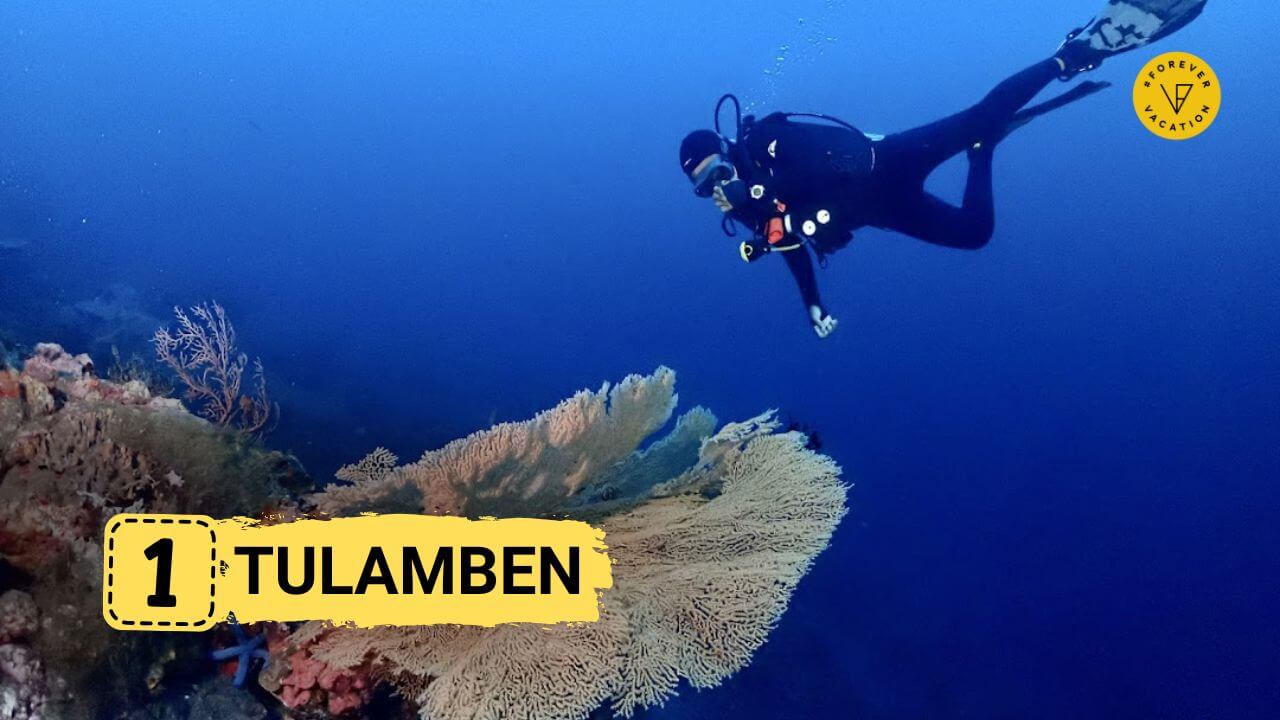
The Liberty is one of the most accessible wreck dives in the world—no boat needed! You literally walk into the water from the shore, and within minutes, you're floating over this 120-meter-long beauty. The wreck is completely covered in coral, anemones, and sea fans, making it a dream for underwater photographers.
But let’s talk about the real stars of the show—the marine life. Massive schools of jackfish swirl around divers like a tornado, bumphead parrotfish casually cruise through the wreck, and if you’re lucky, you might even spot a reef shark lurking in the shadows.
Pro Tip: If you’re feeling adventurous, book a night dive here. The wreck comes alive after dark with eerie shadows, bioluminescence, and creatures like Spanish dancers and flashlight fish. It’s an entirely different (and slightly spooky) experience!
2. Nusa Penida – Manta Point & Crystal Bay (Swim with Giants!)
- Location: Southeast of Bali (30-45 min by boat from Sanur)
- Best for: Intermediate to advanced divers (strong currents)
- Marine life highlights: Giant manta rays, mola mola (ocean sunfish), reef sharks, turtles
- Estimated cost: $100-$150 for a two-dive trip (includes boat, equipment, and guide)
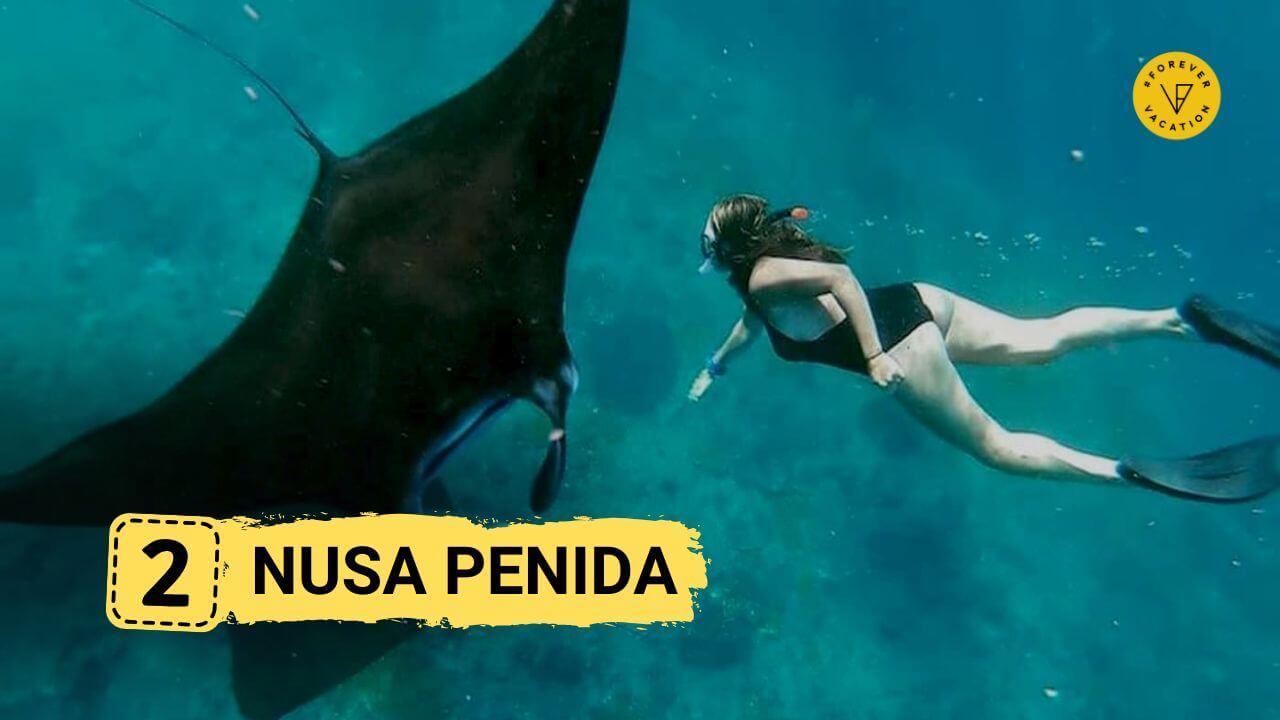
Manta Point
Manta Point is located on the south side of Nusa Penida, and the moment you descend, you’ll understand why it’s named after these elegant creatures. Picture this: You’re kneeling on the sandy bottom at 15-20 meters, and out of nowhere, a massive manta ray with a wingspan of up to 5 meters glides right over you. It’s surreal.
The area is essentially a manta cleaning station, where mantas come to get cleaned by tiny fish that nibble away parasites from their skin. They loop, spin, and glide effortlessly, giving divers an up-close and personal encounter with one of the ocean’s most majestic animals. For those who prefer staying at the surface, a Bali Snorkeling Adventure around Nusa Penida is an excellent way to witness these graceful creatures in their natural habitat.
Our Top Trending Tours
Crystal Bay: Home of the Legendary Mola Mola
If you’re diving in Bali between July and October, Crystal Bay is where you want to be. This is one of the only places in the world where divers have a chance to spot the elusive mola mola (ocean sunfish). These deep-sea giants, which can grow up to 3 meters tall, rise from the depths during the cooler months for a cleaning session at Crystal Bay’s reefs.
But a word of warning—Crystal Bay is not for beginners. The currents can be strong and unpredictable, making it an adventurous drift dive at times. If you’re not comfortable with currents, stick to the shallower sections or go with an experienced dive guide. And while you’re exploring Nusa Penida, don’t miss the chance to capture its breathtaking beauty on a Bali Instagram Tour, where you can visit some of the island’s most photogenic spots, from pristine beaches to dramatic cliffs.
3. Amed – Coral Gardens & Artificial Reefs (A Laid-Back Diver’s Paradise)
- Location: East Bali
- Best for: Beginners to intermediate divers
- Marine life highlights: Reef sharks, turtles, ghost pipefish, and artificial reef sculptures
- Estimated cost: $35-$50 per dive
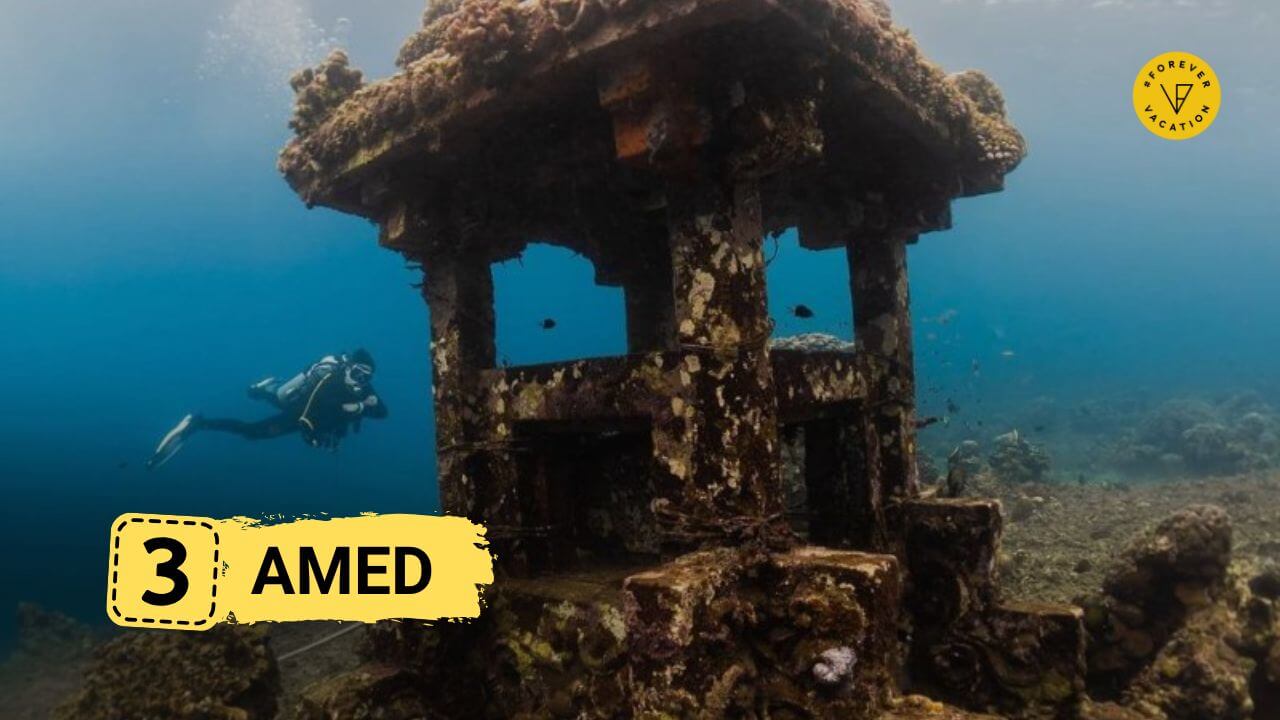
Amed is perfect for beginners because the waters are calm and crystal clear. No crazy currents, no nerve-wracking boat rides—just relaxed shore diving with vibrant coral gardens and plenty of marine life. Even if you’re an experienced diver, you’ll love the macro life here, with ghost pipefish, nudibranchs, and tiny seahorses hiding in the reefs. Amed is a year-round dive destination, but the best visibility is between April and November. The dry season offers clear blue waters and a better chance of spotting bigger marine life.
Best Dive Spots in Amed
- Jemeluk Bay – Known for its stunning coral walls and artificial reef structures, including a Buddha statue submerged underwater (yes, really!). Great for photography and relaxed exploration.
- Japanese Shipwreck – A small but beautiful wreck covered in coral, located just off the shore. Perfect for snorkeling and shallow dives.
- Pyramids Reef – A fascinating artificial reef project, featuring pyramid-shaped structures that have become home to an explosion of marine life.
4. Padang Bai – Blue Lagoon & Shark Point (Small Town, Big Marine Life!)
- Location: East Bali (1.5-hour drive from Denpasar)
- Best for: Beginners to advanced divers
- Marine life highlights: Reef sharks, turtles, nudibranchs, cuttlefish, and frogfish
- Estimated cost: $80-$100 for a two-dive trip
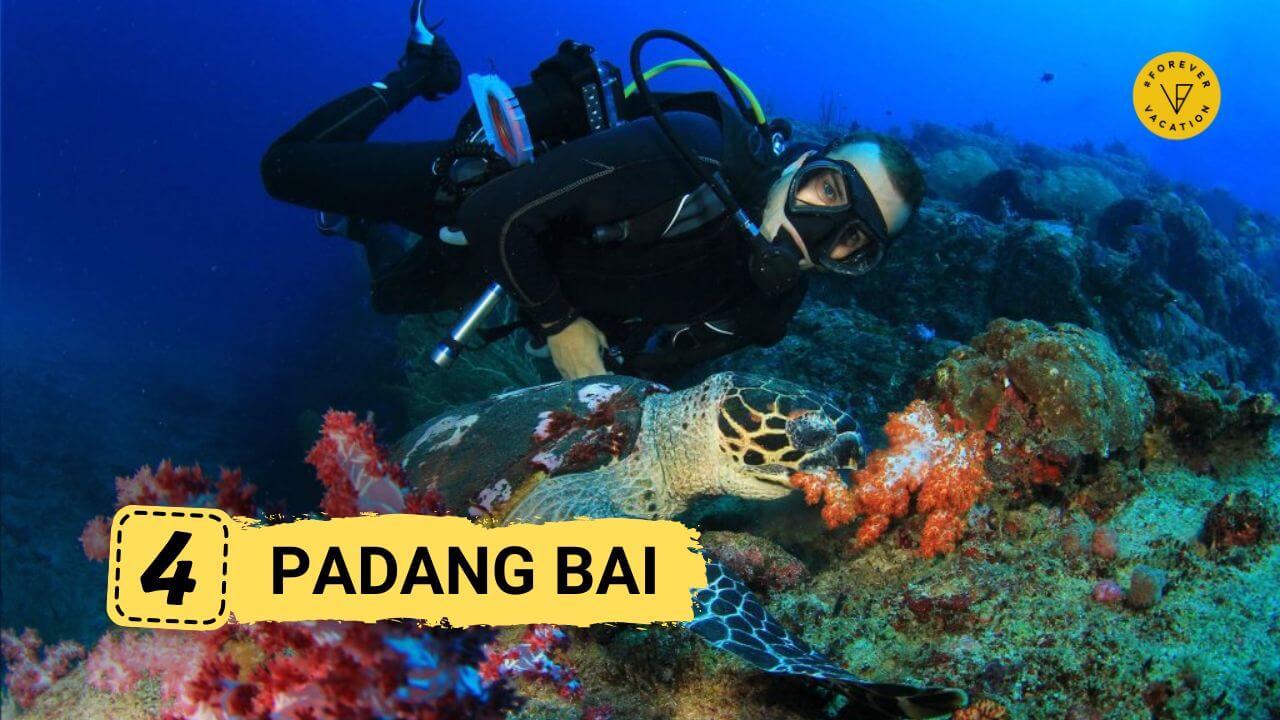
Padang Bai might look like a sleepy little fishing village, but don’t let its quiet vibe fool you—this place is home to some of the most diverse marine life in Bali. From shallow coral gardens to shark-filled drift dives, this underrated gem has something for every diver.
Blue Lagoon: A Beginner’s Dream
If you’re new to diving or just want an easy, relaxing dive, Blue Lagoon is the place to be. Think white sandy bottom, colorful coral bommies, and tons of friendly marine life. The reef is shallow (5-20 meters), making it perfect for beginners and underwater photographers.
Shark Point: Where the Action Happens
If you’re looking for a little more adrenaline, Shark Point (also known as Gili Mimpang & Gili Tepekong) is where you want to be. This site is famous for white-tip reef sharks. The currents here can get a bit tricky, so this site is best for intermediate to advanced divers. If you’re a beginner, stick to Blue Lagoon and the calmer reefs nearby.
Pro Tip: Padang Bai is also one of the best places in Bali to do your PADI Open Water certification—it’s cheaper than Nusa Penida, and the dive conditions are perfect for learning.
5. Menjangan Island – The Best Dive Spot for Beginners (Crystal Clear & Coral Heaven!)
- Location: West Bali National Park (3-4 hours from Denpasar)
- Best for: Beginners and snorkelers
- Marine life highlights: Pygmy seahorses, clownfish, groupers, and vibrant coral walls
- Estimated cost: $120-$160 for a two-dive package (includes park fees, boat transfer, and guide)
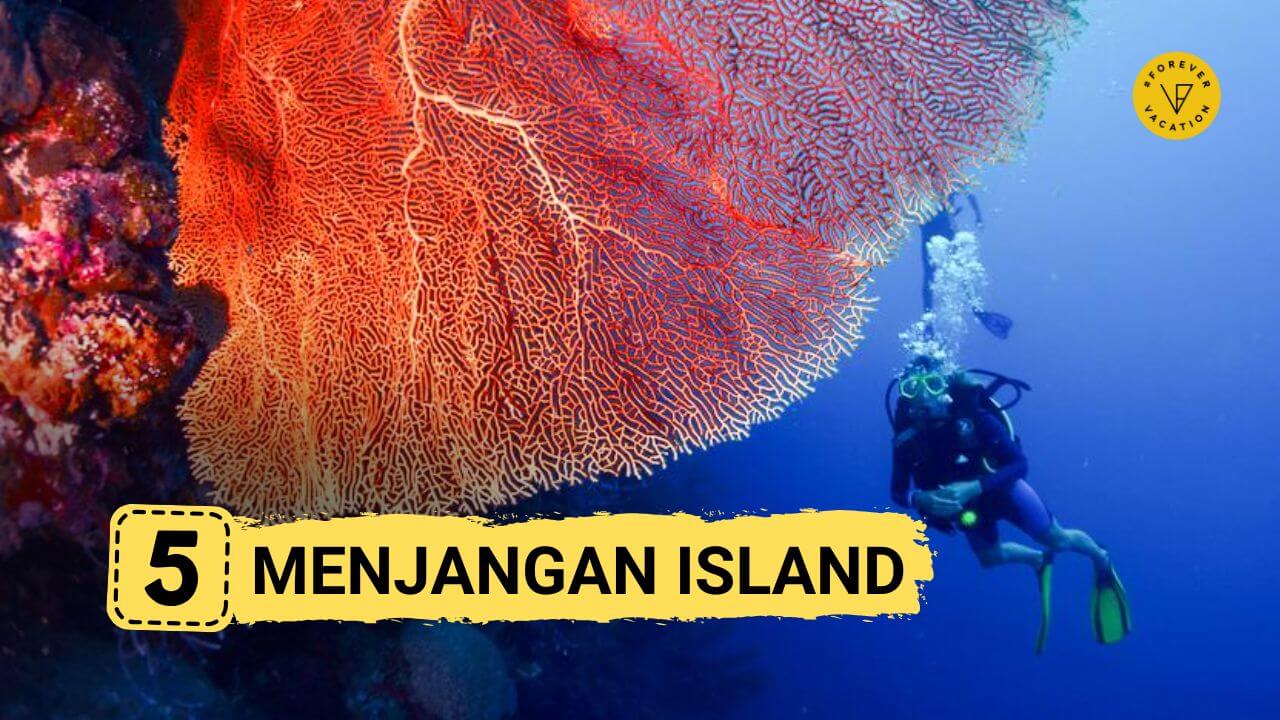
If you’re new to diving or just love calm, crystal-clear waters, Menjangan Island is hands-down one of the best spots in Bali. Unlike the strong currents of Nusa Penida, Menjangan offers a relaxing and easy dive experience, with some of the healthiest coral reefs in Indonesia.
Menjangan is part of the West Bali National Park, meaning the marine ecosystem is well protected—and it shows. Expect some of the best visibility in Bali (often up to 50 meters!) and some of the most gorgeous coral walls you’ll ever see.
Best Dive Sites in Menjangan
- Pos II – A gently sloping reef with vibrant coral and plenty of marine life, perfect for beginners.
- Eel Garden – A sandy bottom dive where you’ll see hundreds of garden eels swaying with the current (weird but mesmerizing!).
- Anchor Wreck – A 40-meter-long sunken Dutch ship from the 1800s, now covered in coral and sponges.
Pro Tip: Because Menjangan is a bit far from the main tourist areas, consider staying overnight in Pemuteran (a nearby beach town). This way, you can explore both Menjangan and Pemuteran’s own amazing dive sites without rushing.
6. Seraya Secrets – Bali’s Hidden Macro Paradise (Muck Diving Heaven!)
- Location: East Bali, near Tulamben
- Best for: Intermediate to advanced divers (but beginners can enjoy it too)
- Marine life highlights: Harlequin shrimp, frogfish, mimic octopus, nudibranchs, and ghost pipefish
- Estimated cost: $35-$50 per dive
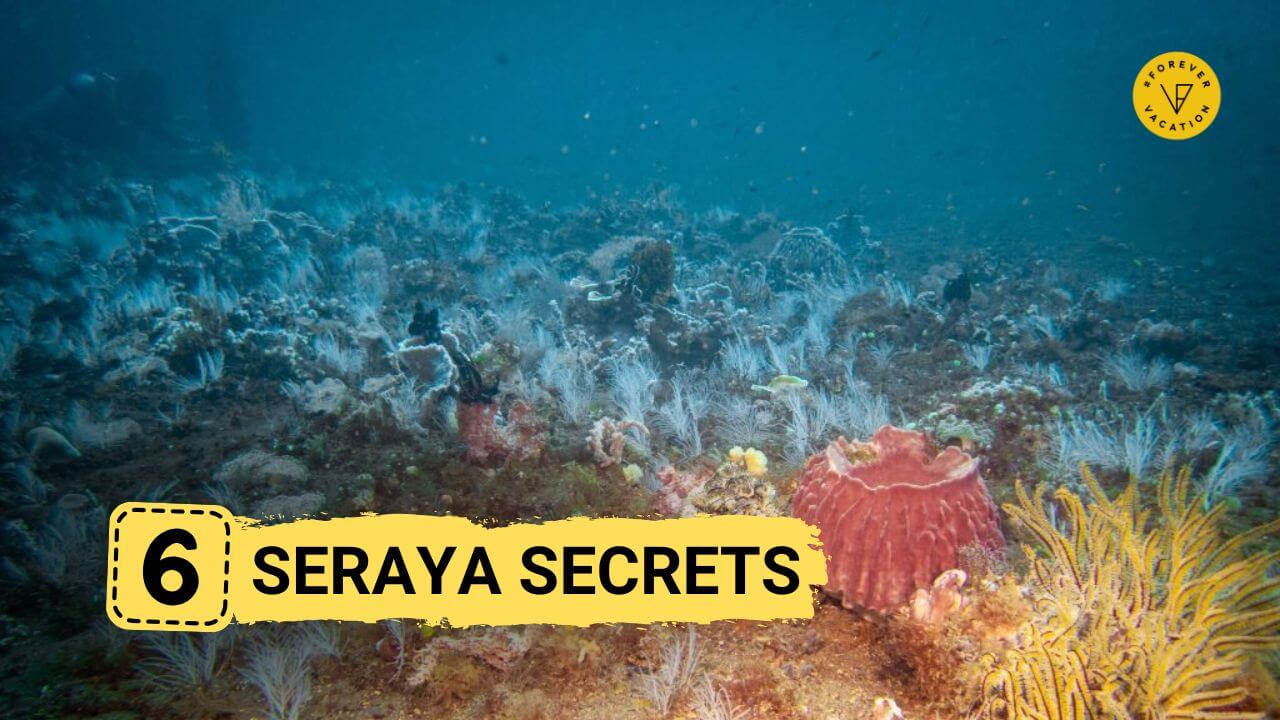
If you’re a fan of the tiny, weird, and wonderful creatures of the ocean, Seraya Secrets is your dream dive site. While Bali is famous for its shipwrecks and big pelagics, Seraya is all about the small stuff—the kind of marine life that’s so bizarre and beautiful, it feels like you’re flipping through the pages of an underwater sci-fi book. Seraya Secrets is a muck diving site, which means you won’t find big coral gardens or towering rock formations here. Instead, you’ll be diving over a black sandy bottom, searching for some of the rarest and most fascinating critters in the ocean.
For underwater photographers, this place is a goldmine—tiny seahorses, vibrant nudibranchs, alien-like frogfish, and even the elusive mimic octopus make this site a must-visit for macro lovers.
What Can You See Here?
- Harlequin shrimp – Adorable shrimp that only eat starfish (yes, really!).
- Frogfish – Masters of camouflage that look like blobs of sponge.
- Mimic octopus – A genius shape-shifter that pretends to be other animals (seriously, it can look like a lionfish, a sea snake, or even a jellyfish!).
- Ghost pipefish – Delicate, leaf-like fish that hide in plain sight.
- Nudibranchs – Colorful, alien-looking sea slugs that photographers go nuts for.
Pro Tip: Bring a good dive guide—muck diving is all about spotting the tiniest details, and an experienced dive master will help you find creatures you’d never notice on your own.
7. Candidasa – Bali’s Best Spot for Big Fish & Strong Currents!
- Location: East Bali (1.5-hour drive from Denpasar)
- Best for: Advanced divers (strong currents)
- Marine life highlights: Sharks, barracudas, giant trevallies, and mola mola (in season)
- Estimated cost: $100-$150 for a two-dive trip

If you’re the kind of diver who loves big fish, fast currents, and a little bit of adrenaline, Candidasa is where you want to be. It’s not as famous as Nusa Penida, but ask any experienced diver, and they’ll tell you—it’s one of the best places in Bali for thrilling drift dives and big pelagic encounters.
Candidasa is home to a cluster of small islands just off the coast, including Gili Mimpang, Gili Tepekong, and Gili Biaha. These dive sites are famous for their strong currents, deep drop-offs, and high chances of spotting big marine life.
Best Dive Sites in Candidasa
- Gili Mimpang ("Shark Point") – Strong currents attract plenty of reef sharks, along with eagle rays and tunas.
- Gili Tepekong – One of Bali’s wildest drift dives, where divers often see massive schools of fish in deep, blue water.
- Gili Biaha ("The Shark Cave") – Features an underwater cave where white-tip reef sharks rest—definitely an adrenaline rush!
8. Pemuteran – The Underwater Temple & Bali’s Largest Coral Restoration Project
- Location: Northwest Bali (3.5-hour drive from Denpasar)
- Best for: Beginners to intermediate divers
- Marine life highlights: Giant clams, moray eels, sea turtles, and thriving artificial reefs
- Estimated cost: $80-$120 for a two-dive trip
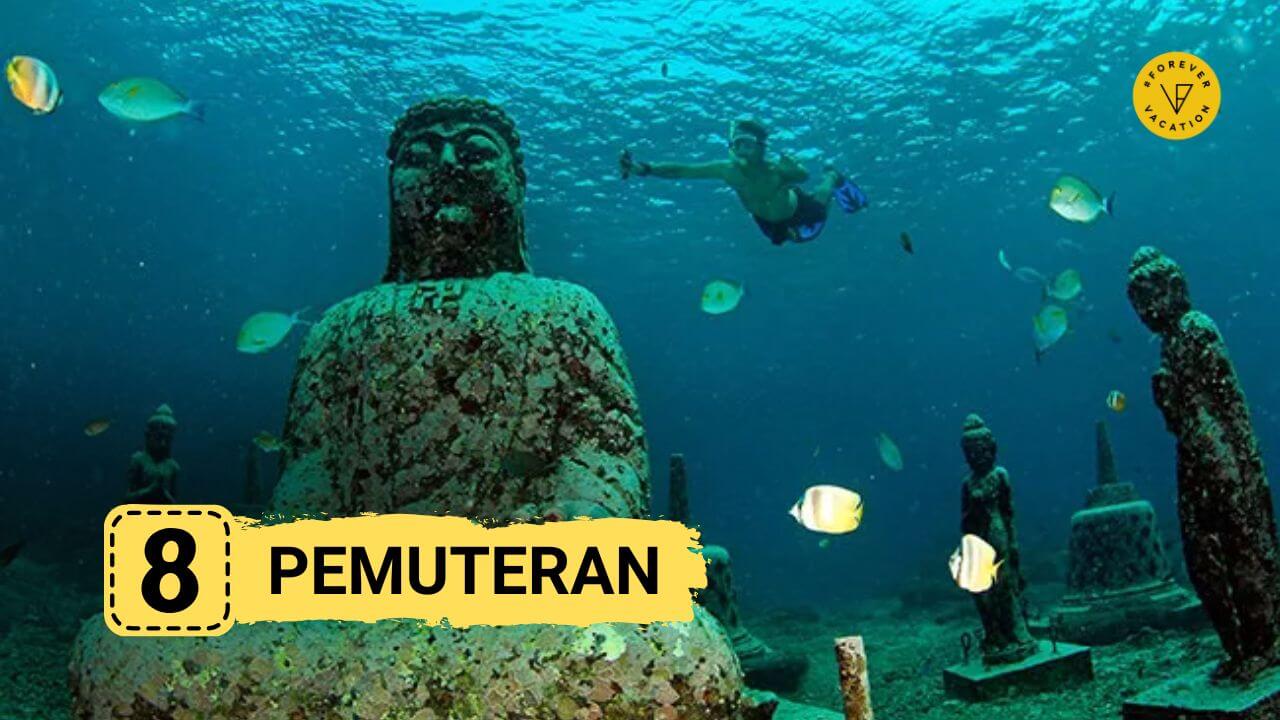
If you’re looking for a unique, eco-friendly dive experience, Pemuteran is the place to be. It’s home to Bali’s largest coral restoration project, an underwater temple garden, and some of the healthiest reefs on the island. This site proves that humans can actually help the ocean thrive—and trust me, it’s breathtaking to see.
Unlike the strong currents of Candidasa or Nusa Penida, Pemuteran is calm and perfect for a relaxed dive. The area is known for its coral nurseries and innovative artificial reefs, making it a great spot for beginners, marine conservation lovers, and photographers.
And then there’s the Underwater Temple Garden, which looks like something straight out of an Indiana Jones movie—massive stone statues covered in coral, fish swimming through ancient-looking gates, and an eerie, mystical vibe that’s totally different from any other dive in Bali.
Best Dive Sites in Pemuteran
- The Underwater Temple Garden – A fascinating artificial reef project featuring Buddha statues, stone gates, and coral-covered temples.
- Bio-Rock Reef – The largest coral restoration project in Indonesia, where you’ll see how artificial structures help reefs recover.
- Close Encounters – A reef teeming with fish, from moray eels to schooling snappers and cuttlefish.
Pro Tip: Stay at least one or two nights in Pemuteran! The town has a peaceful, laid-back vibe, and it’s a great base for exploring Menjangan Island, which is just a short boat ride away.
9. Secret Bay – A Cold-Water Muck Diving Wonderland (Macro Photographer’s Dream!)
- Location: Northwest Bali, near Gilimanuk (ferry port to Java)
- Best for: Advanced divers & macro photography enthusiasts
- Marine life highlights: Dragonets, seahorses, pipefish, frogfish, and other rare critters
- Estimated cost: $35-$50 per dive
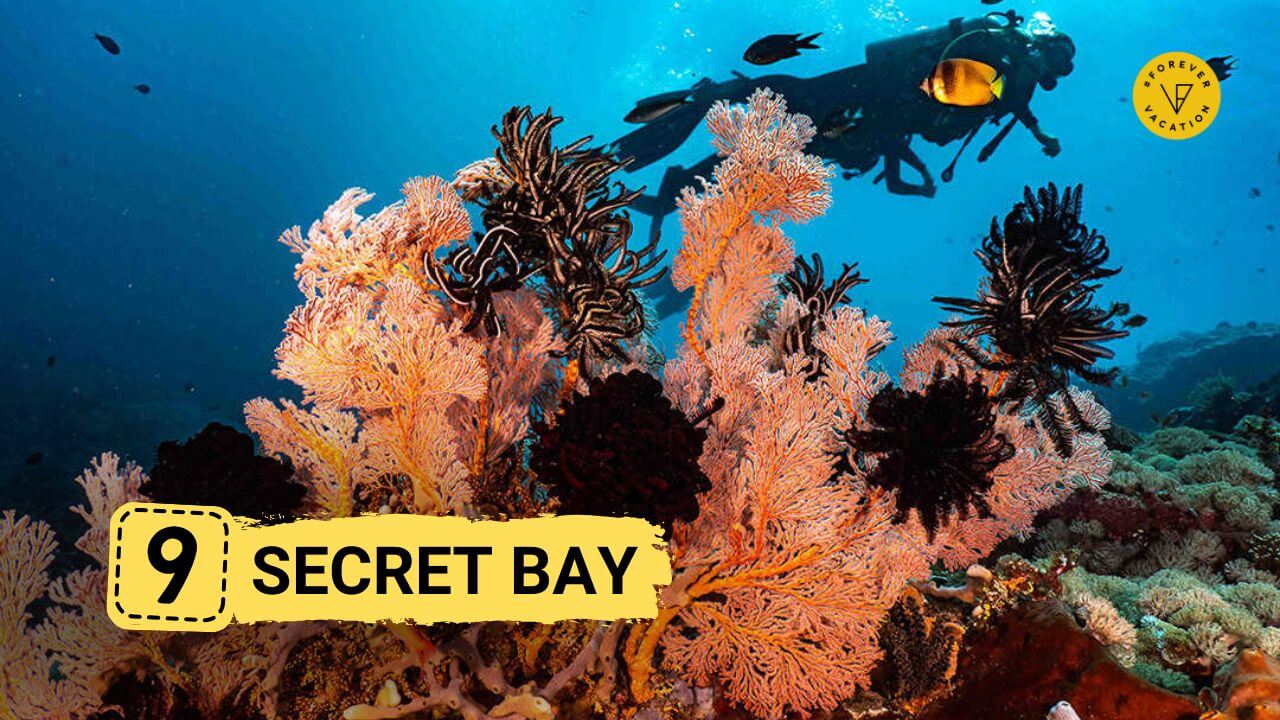
Secret Bay is unique because it sits in a tidal lagoon with water flowing in directly from the Bali Strait. This means the water is chillier than most other dive spots (18-24°C!), but that’s exactly why the marine biodiversity is so rich.
This site is not about coral or big pelagics—it’s about the tiny, alien-looking creatures that most divers never get to see. The slow-moving, shallow waters make it an absolute treasure hunt for critter lovers and macro photographers.
What Can You See Here?
- Dragonets – Little fish that look like mini-dragons with colorful fins.
- Seahorses – Tiny and well-camouflaged, hanging onto bits of seagrass.
- Frogfish – Masters of disguise, pretending to be sponges or rocks.
- Ghost pipefish – Leaf-like creatures floating near the seabed.
- Nudibranchs – Tiny, neon-colored sea slugs that come in every shape imaginable.
- Juvenile fish – The bay acts as a nursery for baby fish, including baby batfish, juvenile sweetlips, and even baby lionfish.
Pro Tip: Because the marine life here is small and well-hidden, diving with a macro-focused guide will massively improve your experience. Also, bring a good dive light—a lot of these critters rely on camouflage, so proper lighting will help you spot them.
10. Gili Tepekong & Mimpang – Bali’s Most Thrilling Shark Dives!
- Location: East Bali, near Candidasa
- Best for: Advanced divers (strong currents and deep water)
- Marine life highlights: White-tip reef sharks, black-tip sharks, tuna, barracuda, and mola mola (seasonal)
- Estimated cost: $100-$150 for a two-dive trip
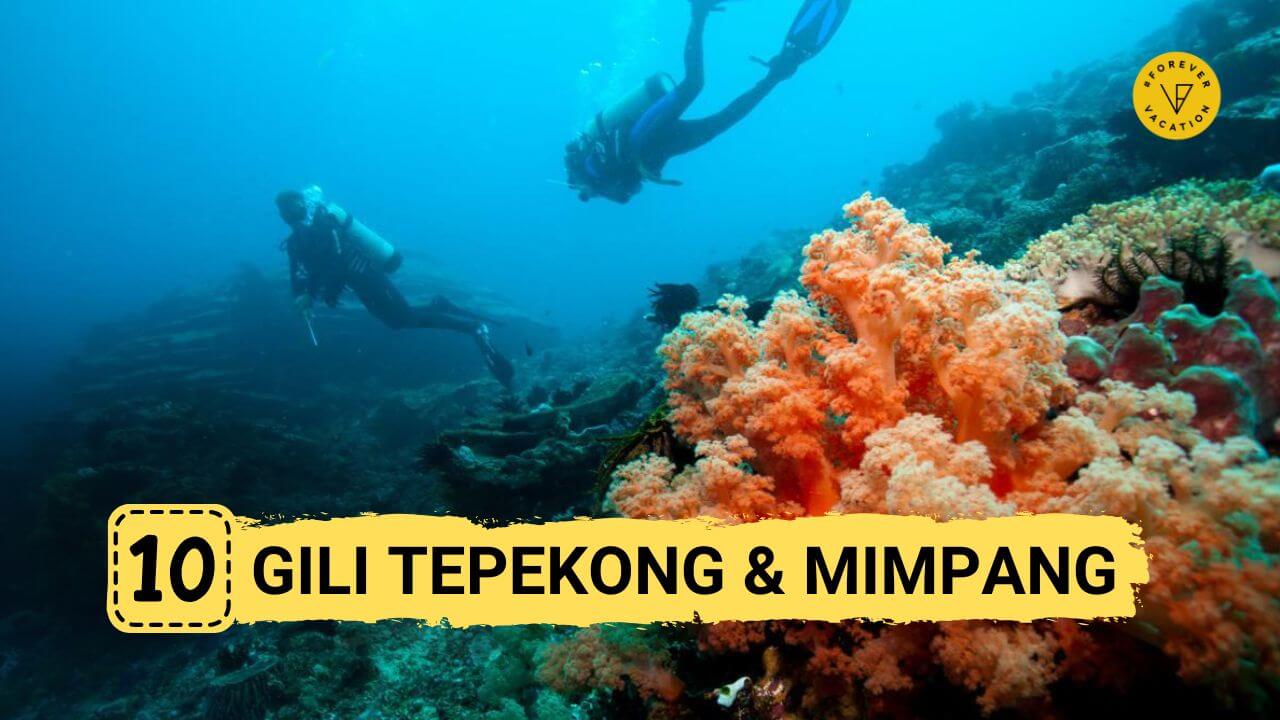
If you’re looking for pure adrenaline, Gili Tepekong and Gili Mimpang should be at the top of your Bali dive list. These two rocky islets off the coast of Candidasa offer some of the most exciting, high-energy dives in Bali, with deep drop-offs, powerful currents, and a high likelihood of encountering sharks.
These dive sites are all about big fish, deep water, and strong currents. The underwater terrain here is dramatic, featuring steep walls, caves, and swirling blue waters where large pelagic species roam. Because of the unpredictable currents, diving here requires solid experience in drift diving and deep dives.
Best Dive Sites in Gili Tepekong & Mimpang
- The Canyon (Gili Tepekong) – A deep, thrilling dive through huge rock formations with strong currents and big fish everywhere.
- Mimpang (Shark Point) – A series of small underwater pinnacles where reef sharks love to hang out.
- The Cave (Tepekong) – An underwater cavern where sharks often rest (one of the few diveable caves in Bali!).
Pro Tip: Because the currents can get intense, this dive is only recommended for experienced divers. A surface marker buoy (SMB) is a must, and always dive with a knowledgeable local guide who understands the currents here.
How Much Does Scuba Diving in Bali Cost?
One of the best things about diving in Bali? It’s way more affordable than you’d expect for a world-class dive destination. Whether you’re a first-time diver, looking to get certified, or an experienced diver planning multiple dives, Bali offers great value for money. Let’s break it down.
1. Single Dive Costs
If you’re already certified and just want to hop in for a few fun dives, here’s what you can expect to pay per dive:
- Shore dive (e.g., Tulamben, Amed, Pemuteran) → $30 - $50 per dive (includes guide, equipment, and tanks).
- Boat dive (e.g., Nusa Penida, Menjangan Island, Candidasa) → $50 - $80 per dive (includes boat, guide, and equipment).
- Two-dive packages (most popular option) → $80 - $150 depending on the location.
Pro Tip: Booking multiple dives with a dive shop usually gets you a discount!
2. PADI & SSI Certification Costs (If You Want to Get Certified in Bali!)
If you’re new to scuba diving and want to get certified, Bali is a fantastic place to do it—it’s affordable, has world-class dive instructors, and offers some of the best beginner-friendly dive sites.
- PADI Open Water Course → $400 - $500 (includes pool sessions, 4 open water dives, rental gear, and certification fees).
- PADI Advanced Open Water Course → $300 - $450 (includes 5 specialty dives, certification fees, and gear).
- Rescue Diver Course → $400 - $500.
- Divemaster Course → $1,000 - $1,500 (varies depending on duration and dive center).
💡 Where to Learn? The best places to get certified in Bali include Tulamben, Amed, Padang Bai, and Nusa Lembongan—they have calm, beginner-friendly waters and top-rated dive centers.
3. Specialty & Fun Diving Packages
If you’re planning multiple dives, it’s usually cheaper to buy a package deal rather than paying per dive. Here’s what you might pay for multi-dive packages:
- 3-day, 6-dive package → $250 - $400 (good for exploring different dive sites).
- 5-day, 10-dive package → $450 - $700 (ideal for serious divers who want to experience everything Bali has to offer).
- Night dives / wreck dives / manta dives → Typically cost $10 - $20 extra per dive due to special conditions or boat fees.
4. Liveaboard Diving Costs (For the Ultimate Adventure!)
If you want an all-inclusive dive trip where you live on a boat and dive multiple times a day, Bali has some great liveaboard options, especially to Komodo National Park or the Nusa Islands.
- Budget liveaboards (3-5 days) → $800 - $1,500.
- Luxury liveaboards (7+ days) → $2,000 - $5,000 (includes gourmet meals, private rooms, and top-tier diving).
💡 Worth it? If you’re serious about diving and want to experience some of Indonesia’s best dive sites without the hassle of daily travel, a liveaboard is absolutely worth the splurge.
Additional Costs to Keep in Mind
Besides your dive fees, here are a few extra things that might add to your budget:
| Expense | Estimated Cost |
|---|---|
| Equipment rental (if not included) | $5 - $15 per dive |
| Underwater camera rental | $30 - $50 per day |
| Marine park/conservation fees | $5 - $20 per day (Menjangan, Nusa Penida) |
| Private dive guide (optional) | $20 - $50 extra per dive |
| Boat transfers (to remote islands) | $25 - $50 round trip |
| Nitrox tank (for longer dives) | $5 - $10 extra per dive |
💡 Pro Tip: If you plan on diving a lot, bringing your own mask, fins, and wetsuit can save you rental costs and ensure a more comfortable dive experience.
Is Scuba Diving in Bali Worth the Cost?
1000% YES. Compared to other world-class dive destinations like the Maldives, Great Barrier Reef, or Galápagos Islands, Bali offers some of the best diving for a fraction of the price. With wrecks, manta rays, coral reefs, muck diving, and even mola molas, you get insane variety and affordability in one destination.
Where to Dive in Bali for Beginners? (The Best Spot for First-Timers)
If you’re just starting out with scuba diving, Menjangan Island is hands-down the best place in Bali for beginners. Located in the West Bali National Park, this remote island offers calm, crystal-clear waters with little to no current, making it ideal for first-time divers. The visibility here is some of the best in Bali—often reaching up to 50 meters! You don’t have to go deep to experience its beauty; vibrant coral gardens, schools of tropical fish, sea turtles, and even tiny pygmy seahorses can all be found in the shallows. Plus, since it’s part of a protected marine park, the reefs are in pristine condition, untouched by mass tourism.
Other beginner-friendly dive spots in Bali include Amed, Tulamben, and Padang Bai, all of which have easy shore dives, minimal currents, and fantastic coral reefs.
What Is the Best Month to Scuba Dive in Bali?
Bali is a year-round diving destination, but depending on what you want to see, some months are better than others. The dry season, from April to November, is generally the best time to dive, offering calm seas, excellent visibility (up to 30 meters), and optimal conditions for spotting Bali’s famous marine life. If you’re hoping to see mola mola (ocean sunfish), the best months are between July and October, when cooler waters bring these deep-sea giants closer to the surface. Manta rays, however, can be seen all year round, especially at Nusa Penida’s Manta Point.
Final Words: Why Bali Should Be on Every Diver’s Bucket List
Bali isn’t just a paradise above water—it’s a world-class dive destination with something for everyone. Whether you want to explore historic wrecks, drift alongside giant manta rays, or hunt for rare critters in black sand, Bali offers incredible variety, affordability, and top-notch dive conditions. From the beginner-friendly waters of Menjangan Island to the adrenaline-pumping currents of Nusa Penida and Candidasa, there’s a dive site here for every skill level. Plus, with year-round diving, budget-friendly prices, and a vibrant dive community, it’s no wonder Bali is a favorite among divers worldwide.
If you’re planning your next dive trip, Bali should be at the top of your list. Whether you're getting certified, upgrading your skills, or just looking for unforgettable underwater experiences, this island has it all.
Recommended Articles
Get your VACATION on!
Expertly curated emails packed full of vacation inspiration, travel tips and more!



 +1 617 404 2125
+1 617 404 2125


